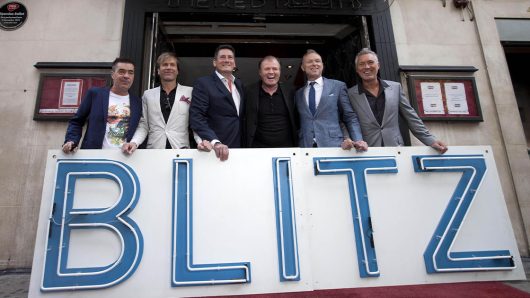At 2023’s WorldPride appearance in Sydney, the “Princess Of Pop” played to a community that has crowned her its own. But how did Kylie Minogue, the former Neighbours soap star turned iconic pop hitmaker, become one of the world’s most beloved LGBTQ+ icons?
Listen to the best of Kylie Minogue here.
How did Kylie Minogue become a LGBTQ+ Icon?
It was never part of the plan. Some acts plant their identity politics centre-stage from the start, but Kylie’s entry into the music business came from television fame, and few imagined she would be recording far into the 90s, let alone into the 2020s. There was little time for a long-range strategy. Kylie’s status as a LGBTQ+ icon came about naturally, and she came to understand and cherish it only gradually. That’s in part what makes it so special: this is an authentic attraction.
Kylie’s first recording of Locomotion (later re-recorded as The Loco-Motion) became Australia’s best-selling single of 1987, setting in train a musical passage to the London studios of Stock Aitken Waterman. I Should Be So Lucky, her first international hit with The Hit Factory, owed something to her part as Charlene in the Australian soap Neighbours, popular in both in the UK and her homeland, but its success soon spread to markets that knew nothing of her TV stardom. The track’s melancholic Hi-NRG production, and its universal lyrics speaking of a romantic longing that might never be sated, connected organically with a generation of young gay men struggling with their place in a wider society that was scared and then goaded into antagonism by the AIDS crisis. I Should Be So Lucky had something to say, but you wouldn’t hear it by concentrating on the lyrics of the song alone.




